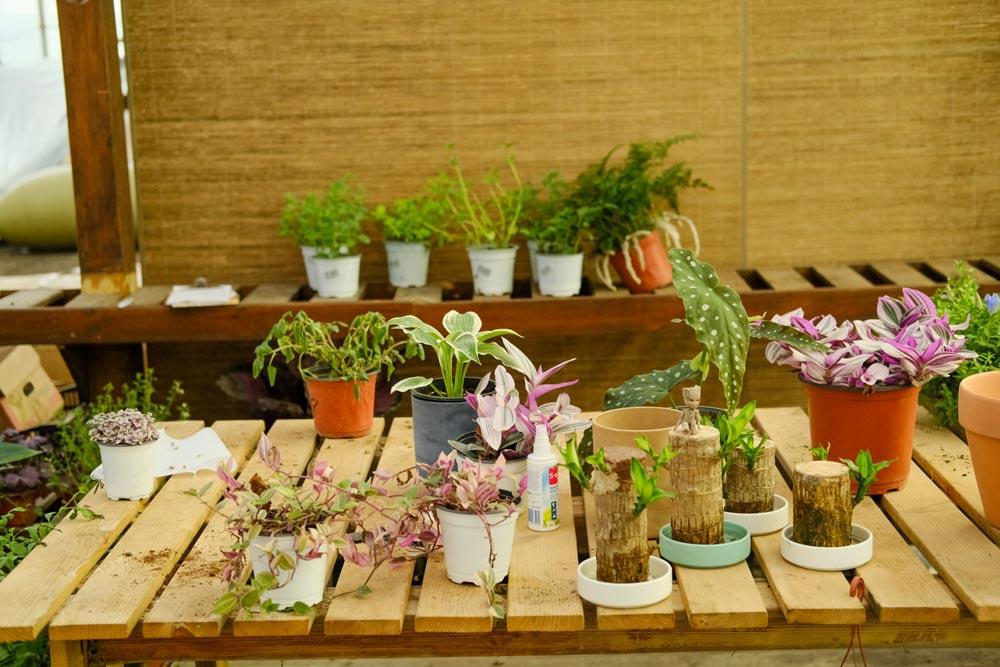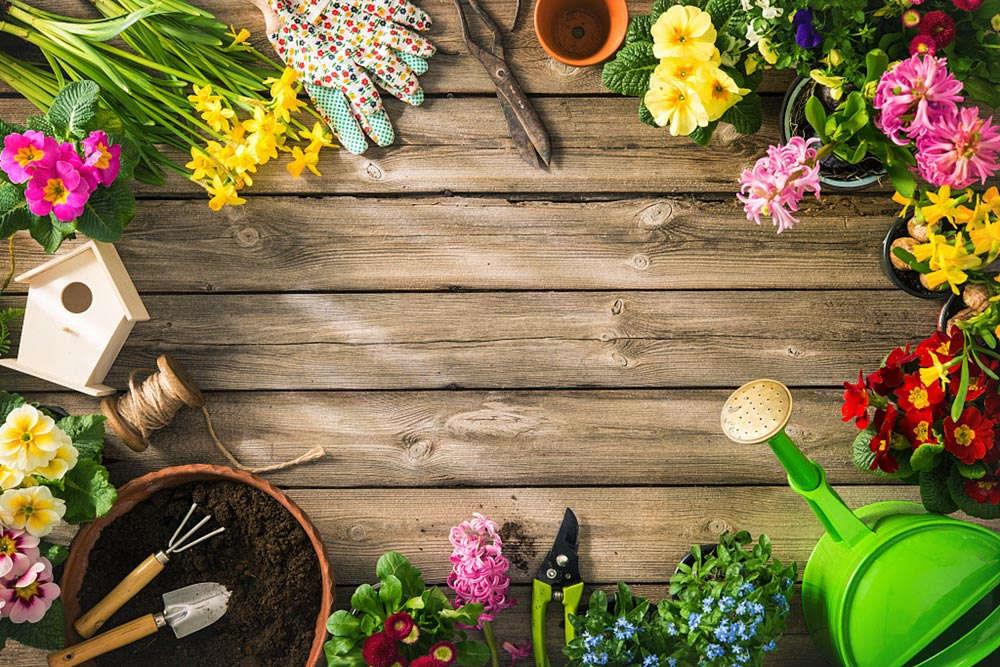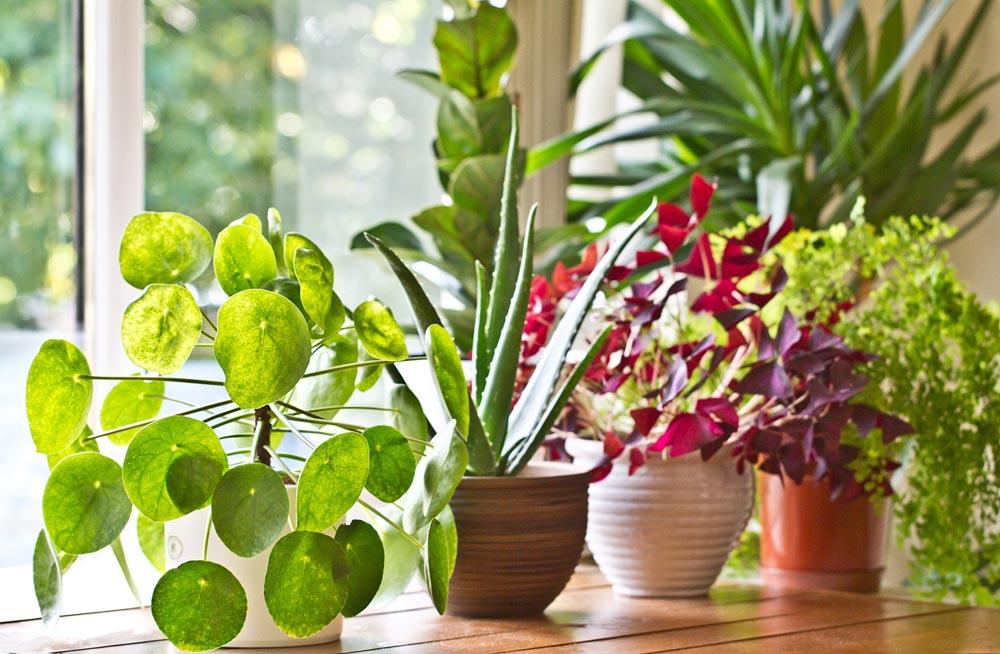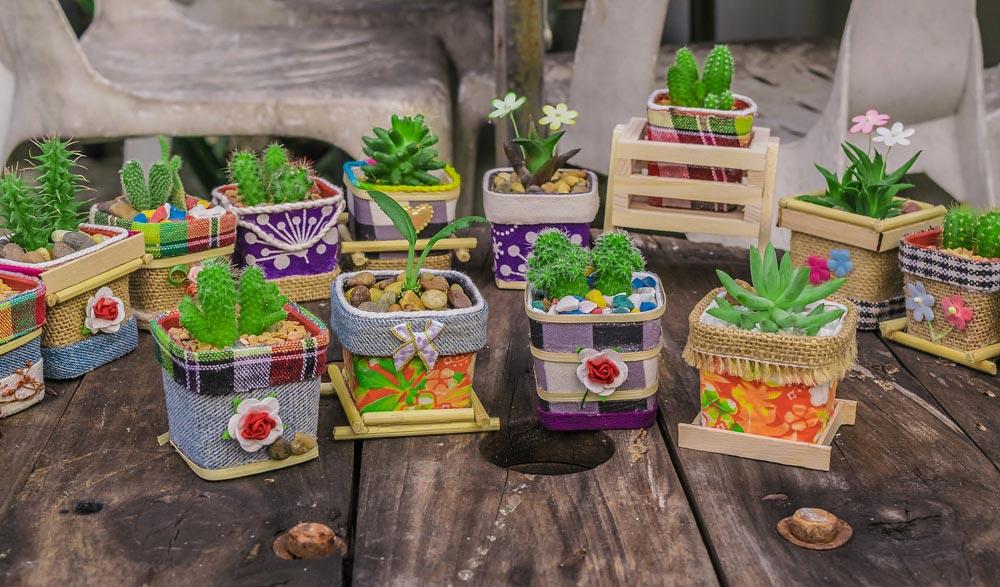Cinnabar root (rich seed) cultivation methods and precautions
Last Update :2024.05.10
Article Catalog
3. Problem diagnosis and treatment
Temperature: It can grow better at 16-30℃, and the indoor maintenance temperature in winter should be above 10℃. Light: It likes a growing environment with abundant sunlight, so try to place it in a location with good lighting for maintenance. Soil: It is best to choose sandy soil that is drained, breathable, and rich in nutrients, which is more suitable for its growth. Fertilization: In addition to the base fertilizer when potting, Huabao or ten times the amount of decomposed liquid fertilizer needs to be applied every ten days during the growth period.

1. Maintenance methods
1. Maintenance method
1. Temperature: Cinnabar root is native to tropical areas, and the environment of 16-30℃ is suitable for its growth, so there is not much problem during normal breeding. Mainly in winter, it must be kept above 10℃.
2. Lighting: It must grow in an environment with good lighting conditions. If it is grown indoors, try to place it in a location with good lighting and long-term sunlight. Moreover, air circulation must be ensured to avoid the breeding of diseases.

3. Soil: Cinnabar roots are relatively "delicate" , it has certain requirements for soil performance, the drainage performance must be good, and there must be certain nutrients, so it is good to choose sandy soil when potting.
4. Fertilization: A certain amount of organic fertilizer must be applied to cinnabar roots from the time of sowing. During the growth period, Huabao must be applied every ten days or so, or ten times the amount of decomposed fertilizer. Liquid fertilizer is sufficient.

2. Breeding skills
1 , Pruning: Pruning of cinnabar roots is generally carried out in spring, mainly on old, weak, sick and disabled branches. If found, cut it off in time to avoid affecting the normal growth of other branches and leaves.
2. Repotting: Repotting and pruning of cinnabar roots are inseparable. Generally, pruning is required before repotting. When repotting, be careful not to damage its root system. That’s it. The previous soil needs to be replaced and it is better to use new soil for cultivation.

3. Problem diagnosis and treatment
1 Stem rot: often occurs in high temperature and high humidity environments. You can choose a location with good ventilation and good drainage for planting, which can effectively prevent the occurrence of the disease. After the onset of the disease, you can spray it with 600 times potassium permanganate solution, which can be used for prevention and control.
2. Yellow leaves: Yellow leaves are generally caused by low temperature and excessive watering. Reduce the frequency and amount of watering in time, and wait until the soil is completely dry before watering. If it is caused by low temperature, the breeding temperature needs to be raised as soon as possible.

4. Other questions
1 . Is it toxic? Cinnabar root is not toxic, and its fruits can still be eaten. Not only is the shape unique and beautiful, but it also has fruit to eat, which is very popular among people.
2. Can it be grown in the bedroom: Cinnabar roots are non-toxic and harmless to the human body, but it is not recommended to be grown in the bedroom because photosynthesis at night will consume indoor oxygen. If the bedroom space is large and the ventilation is good, it can also be cultivated.

2. Breeding skills
3. Problem diagnosis and treatment
4. Other issues
- END -
Methods and precautions for cultivating compound leaf maple

Soil: Acer likes to grow in fertile sandy loam soil. Moisture: The amount of water...
The difference between Sarracenia and Nepenthes

Leaf differences: The leaves of Sarracenia are very peculiar, with many shapes, an...